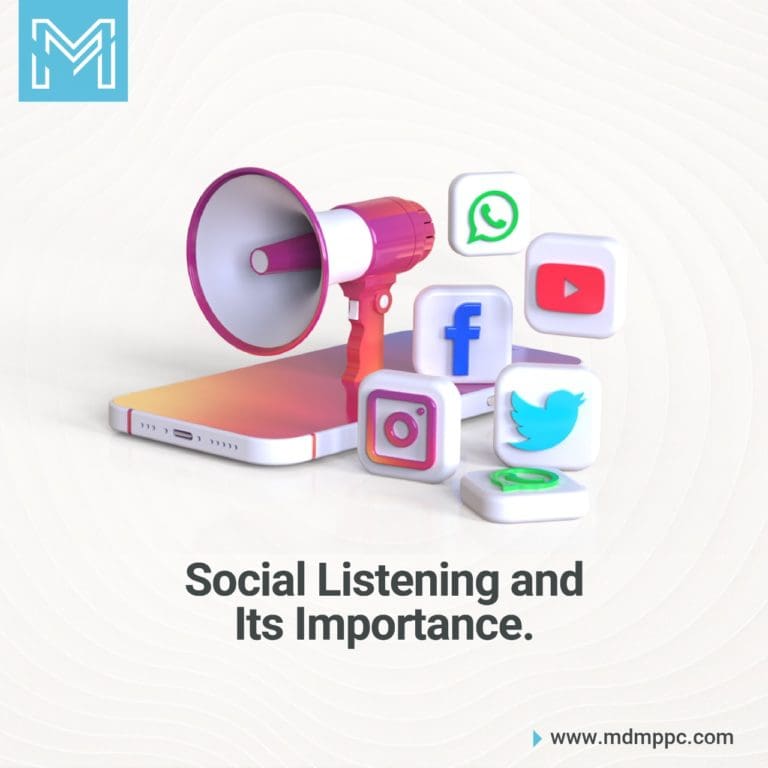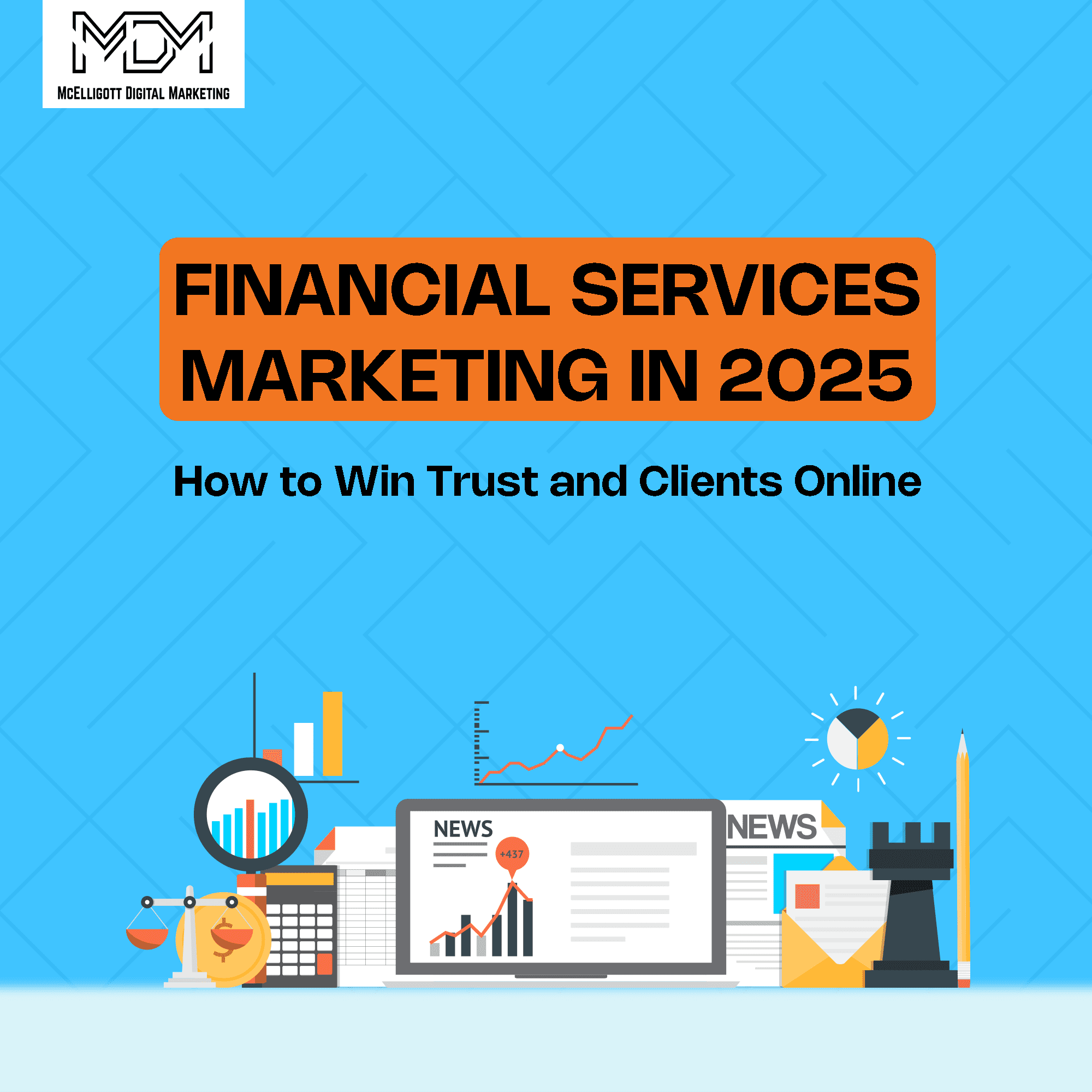61% of the businesses are tracking for keyword mentions, giving a special place to social listening in their digital marketing strategy.
This is what we are going to talk about here but before we get on with telling more exciting facts and figures, let’s first crack the definition of social listening.
To better understand their customers, businesses have to pay attention to the conversations people have on social media platforms.
When these conversations are presented in the form of business insight to you, it can be a powerful tool to make your business decisions better.
What is Social Listening?
If we are to define social listening in a line- it is the process of collecting customer conversations on public platforms and using those conversations to get business insights and make better-informed decisions.
Restaurant A wanted to get a sense of the food their customers love, and they paid attention to the social media platforms. They even took the help of social listening tools to get insights.
What they find out is that Burritos are more loved than Bowls, but at the same time, it has the highest number of negative mentions.
Now the restaurant can utilize this information to make more informed decisions, and for some solid facts, it can jump to a few conclusions like this:
- Pay more attention to the most mentioned listening topic– The restaurant tries to find out what more things people love and don’t love about the item.
- Improve customer service– One of the reasons for the negative mentions may not be the taste of food but the customer service, so the restaurant includes their customer service as their next listening topic. It’s best if they hear from the people, whether they love or not, the way the restaurant is catering to them.
- Rethink the menu– There would be a few items that are not frequently discussed, and also it has gathered considerable negative reviews. The decision-makers will think about cutting down or replacing the item from the menu.
- Launch a marketing campaign– The restaurant can think about launching a marketing campaign for their Bowls as they have maximum positive reviews.
By now, you might recall that you would have heard of social monitoring, have you?
Even if you haven’t, the term sounds too close to social listening.
Social monitoring is about responding to the consumer’s talks about a brand or a specific product on social media networks, but social listening goes a step ahead.
Let’s find out how.
Social listening vs. Social monitoring
Social listening has a broader focus than social monitoring, which is mainly concerned with particular campaigns and keyword tracking.
In social monitoring, you’re presented with the raw data regarding consumer conversations. But then, it’s only social listening that helps understand the social ‘sentiment’ regarding a brand or product.
It tracks brand mentions, industry trends, customer opinions, and more to break down the general sentiment from those insights.
Here are some of the metrics that are tracked in the social monitoring process of a brand or product:
- Industry hashtags
- Social mentions
- Themes
- Reviews( positive/ negative)
- Competitor mentions
- Trends
Brand monitoring is used for A/B testing social campaigns and keeping track of ROI. It helps predict the next marketing budget.
However, social monitoring is more about facts and figures. It can just tell the number of positive and negative reviews. But to assimilate these reviews and come up with an idea about the ‘sentiment’ of people is the job of social listening.
You can also say social listening helps you find the ‘online mood.’
Let’s go back to the example we took earlier of Restaurant A and understand the two terms in light of that example.
Social monitoring– Restaurant A monitored the mentions, impressions, reviews, and more of their food items. What they found out is that people talked more about Burritos than Bowls, but the latter had fewer negative comments associated as well.
The restaurant understands the many ways its food items are being talked about on social media. However, it may choose to do or not do something with the information gathered.
Social listening– Restaurant A might also decide to do further sentiment analysis with the data gathered through the social monitoring process.
On the basis of those sentiments, it can develop broader marketing strategies for its brand or favorite food items. It can determine:
- Root causes behind a kind of consumer conversation.
- Whether it needs to re-look at its customer service?
- Complementary food items that go along with the favorite item.
- Which item is to be replaced/ removed from the menu/ if any?
- Whether they should offer a discount on a particular item or package?
7 Best benefits of social listening for a business
1. Customers appreciate it when brands reply
On social media, customers genuinely like to feel heard. 46% of consumers believe that interacting with your audience on social media is what distinguishes a brand as the best in its category online.
Businesses sometimes delay or ignore their responsiveness and relevance on social media networks, which is a grave mistake. By prioritizing it, you can direct consumer behavior in your firm’s favor. Being responsive on social media does make a difference.
Almost 7 out of every 10 customers who follow brands on social media end up purchasing the product.
A positive reply steers the most wanted customer’s loyalty toward your brand. Also, the first impression lasts a long time. When the customers find you as their troubleshooter, they will be more inclined to be hooked to your brand. So, setting a good benchmark will definitely benefit you in the long term.
2. Get wind of the customer’s buying trends
Apart from being responsive in nature, it’s very much important to be aware of the ever-changing or varying buying trends of the customers.
And social platforms provide the best place to get insights into such trends, and the best part is that you can easily analyze the shift of the paradigm.
What are the things prompting the customers to make a purchase? What are the differentials they wish to see, or what changes do they wish to see in a brand?
With these kinds of social listening and having insight information, you can utilize your social media networks to communicate with your clients directly and gather the data you require.
Thereafter, when you have done your homework nicely and clearly, and then enter the field with the know-how and solutions to the needs of the customers, more likely they will find you as their first-go- person.
3. You can launch campaigns to increase customer acquisition
Until here, you must have learned how to build the base. But social media is too vast and pervasive, and so you, too, have to be diversified in terms of the products and services you have on your platter to offer.
You do not have only the customers on your ‘followers’ list but also those who are just for the purpose that they like your content and enjoy it. Social listening helps you to identify and weed out such groups of customers based on their age group, region, earning group, etc. You can leverage your social media networks to devise targeted campaigns to drive prospects and increase your list of customers.
4. Helps to build a connection
Social listening greatly helps to make a direct connection with your customers.
When you use social media analytics, you’ll unearth problems your customers may be facing, and therein the same place, they’ll also be hinting at the way they want their problems to be solved. This gives you a chance to rectify your mistakes solve their issues and in the same way they desire, thus creating a more personal connection.
Consumers might find out problems with other brands as well. They might be bursting out at your competitor’s faulty product or services. And this gives you a chance to take a bold step by asking them about the issues they might be facing and promising them a solution to their problems.
But remember, it should never look like a hard sell. Reach out to help people with some valuable information, and they’ll remember your brand when making a buying decision.
Hence, there are no opportunities to be missed and more ways to create a loyal business-customer connection.
5. Helps to curate a customer-centric content
When you are up to creating new customers, you can’t take the risk of not having engaging content curated wisely.
Social listening helps you to get the perfect-fit kind of analytics and information to achieve your goals. Your content must be original and engaging.
Here are a few how:
- Present a clear and compelling idea to the audience.
- Add charts, infographics, social media images, GIFs, etc.
- Do share what your existing customers say about your brand.
- Also, you can start by identifying a social platform that is easier to use, provides hassle-free services, and, most importantly it must provide more ways to engage with your customer.
6. Avoid PR disasters before they happen
Is there a change in the mood about what people are talking about your brand? Or if they are talking more or less about you?
Social listening helps businesses to anticipate social sentiment in real-time. And this works as an alert system for making changes if there are negative sentiments regarding your brand online.
Whether you are getting more or fewer engagements, look for the reasons for both of them. It can help your brand change its digital marketing strategy across social networks.
It also helps to prevent a previous mistake which reduces the sentiment.
7. Competition listening
Social listening comes with the feature of keeping track of your competition as well.
Sometimes referred to as competition listening, it informs about the buzz in the marketing and strategies your competitors are using, which also tells what works and what simply doesn’t.
Competition listening is used to understand the customer needs and design your marketing strategy accordingly:
It can help your brand:
- Being aware of the current market campaigns
- Reach out to your customers
- Develop unique value propositions
- Change the marketing strategy
- Monitor responses on a new addition or replacement to products
Social listening tools
With social listening tools, you can easily implement a social listening strategy in place.
Here are some of the available tools to you:
1. Sprout provides tools like Simply Measured and Smart Inbox to listen to conversations about your brand. It is a social media management software.
2. Hootsuite Insights, a social media marketing and management dashboard offer to monitor social conversations from a single dashboard for various social platforms.
3. Synthesio lets your social listening be divided into segments of location, influence, gender, demographics, sentiment, and more.
4. Hubspot social media management software allows you to build custom keyword monitoring streams and get email alerts when your brand is mentioned.
5. Lately, AI-powered social media software provides social media reports to monitor the performance of your digital marketing across social media networks and listen to conversations.
Social listening tips you need to implement
Start with these best practices to harness the benefits of social listening you just read above:
1. Know your audience– Learn your buyers’ persona and which brand or product they are attracted to. First, determine who you want to attract. Understand the way they use social media and their platforms of choice.
2. What do you want to listen for?– It’s easier to get lost in the noise of too much data. So you have to determine what you want to know- customer response, product optimization, competition, or simply your brand mentions.
3. Use keywords to filter information– These are the best way to find relevant data as they can relate to your industry, competition, products, or services.
4. Save your spreadsheet– Everything will be merely facts and figures until you decide to implement insights from those in your next campaigns.
5. Guidelines for your responses– Have set out guidelines for your team about how to respond to positive and negative reviews.
6. Take the conversation off the social network– Invite people to connect with you through DMs or phone.
7. Monitor your best pieces of content– Look at how people respond to a particular topic or keyword. Check if you get similar attention when you recycle the most discussed topic.
Moreover, using social listening tools will give you more ideas about what to do with the insights gained.
Get started with your social media marketing.
Social listening is a part of your overall marketing strategy.
It guides the changes to your current social media marketing campaigns as well.
Do you want more social media advice to begin with? Or you can have us curate the best social media campaign for your brand.





